Berlin – Olympic Stadium
The 11th summer Olympics took place in Berlin from August 1 to August 16, 1936. Already in 1916 it was planned that the Olympic games would take place in Berlin but these had to be cancelled due to the First World War. In 1931, the Olympic committee considered that Germany had atoned for its crimes from the First World War and awarded Berlin the games in 1936, two years before the Nazis came to power. After the Nazis came to power in 1933. The United States boycotted the games because of the Nazis’ anti-Semitism. However, they the changed their mind and participated, even if a few individual practitioners chose to abstain from the games. The only country that boycotted the games was Spain whose candidate Barcelona lost the vote against Berlin. The decision to boycott the games was already taken before the Spanish civil war broke out in July 1936. The games gave the Nazis a great opportunity to promote Germany and win back the international reputation that has declined after the First World War.
To achieve the greatest possible political success, a new Olympic stadium was built between 1934 and 1936 with a capacity of 110,000 spectators. Inspiration was taken from the Colosseum in Rome and the monument at Tannenberg in memory of the battle of Tannenberg in what was then East Prussia in august 1914. A battle where the imperial german army won a major battle against Russia. Around the stadium, six towers were built to symbolize German unification under National Socialism and each tower represented German historical tribes (Bavarian, Fraconians, Swabians, Frisisans, Saxons and Prussia). The Nazi term, Volk (people), these tribes embodied a blood legacy (Nordic race) from a bygone era that had been lost in modern times but which the Nazis sought to reintroduce. This was generally a recurring theme in the Third Reich, which meant that the Nazis wanted to link the historical with the new and that it was the Nazis who represented the old in a new version. On the north side of the Olympic Stadium, the Swimming stadium was built with a capacity of 18,500 spectators (today the capacity is about 7500). On the western side of the Olympic Stadium a large assembly square was built called Maifeld, with space for about 180,000 on the field itself and another 60,000 on the stands around the field. Here were annual Nazi meetings and demonstrations held.
However, the Nazis were aware that their anti-Semitism was disapproved by several and therefore all Jewish ”ban signs" were taken down during the games. But they could not ban Jewish participants because the Nazis did not control the Olympic committee. Earlier in the year, the winter olympics had been held in Garmisch – Partenkirchen, Germany. The winter games gave a taste of what was to come later in the year. The Nazis, led by Josef Goebbels, took full advantage of the international attention given by the olympic games and made the games a political success for the Nazis. Hitler and other Nazi party Bigwigs were often seen in the honorary stand during the games. Hitler himself was not interested in sports but understood the political value the games gave. Something that was remarkable was that when the French delegation marched into the Olympic stadium during the opening ceremony, they greeted Hitler with the Hitler salute. This was something they didn’t had to do, but did anyway. For Hitler this was a small victory because Germany and France throughout history have been bitter enemies.
The games brought together 4,066 participants (3,738 men and 328 women) from 46 nations. The undisputed star of the games was the American athlete Jesse Owen (1913 – 1980) who won four gold medals. By far the most medals took Germany (33 gold 26 silver and 30 bronze). During the war, the Olympic Stadium miraculously survived without any damage and was taken over by British occupation forces after the war.
Current status: Preserved with monument (2010).
Address: Olympiastadion, 14053 Berlin.
Get there: Metro to Olympic Stadium Station.
Follow up in books: Large, David Clay: Nazi Games: The Olympics of 1936 (2007).
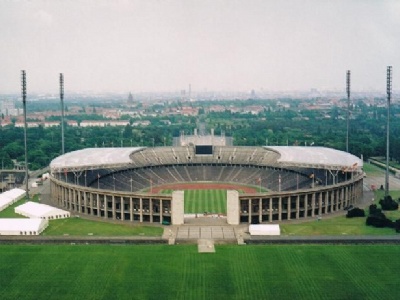
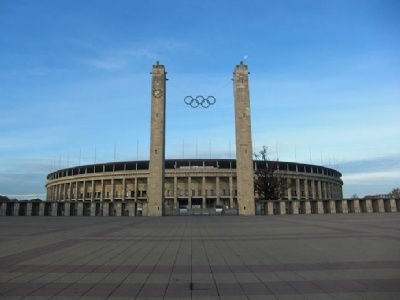
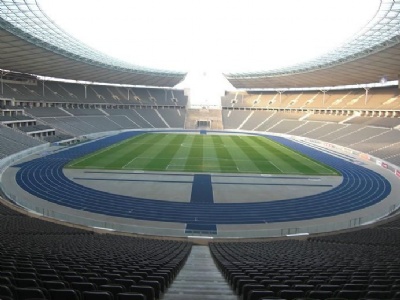

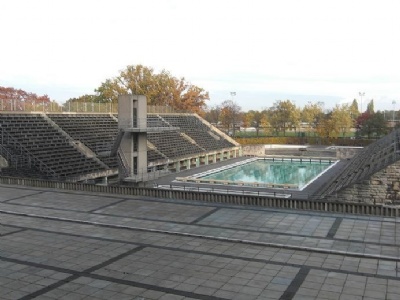
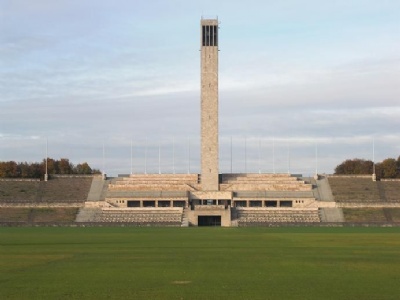
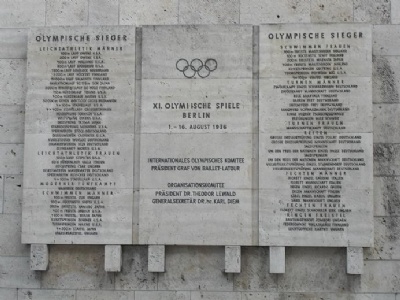
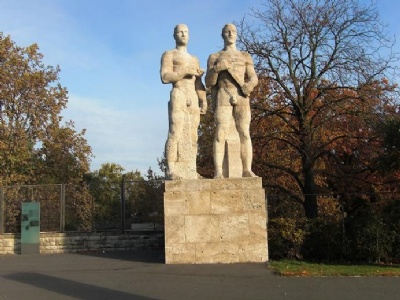
After the war, the stadium continued to be used for sporting and cultural events. For example football – World Championships both 1974 and 2006, Athletics – World Cup 2009 and Champions league final in football 2015. But the stadium will always be associated with Hitler and the 1936 Summer Olympics, and the visitor will always wonder where the honorary stand is located. But the honorary stand and all the names of Nazi leaders were removed after the war.